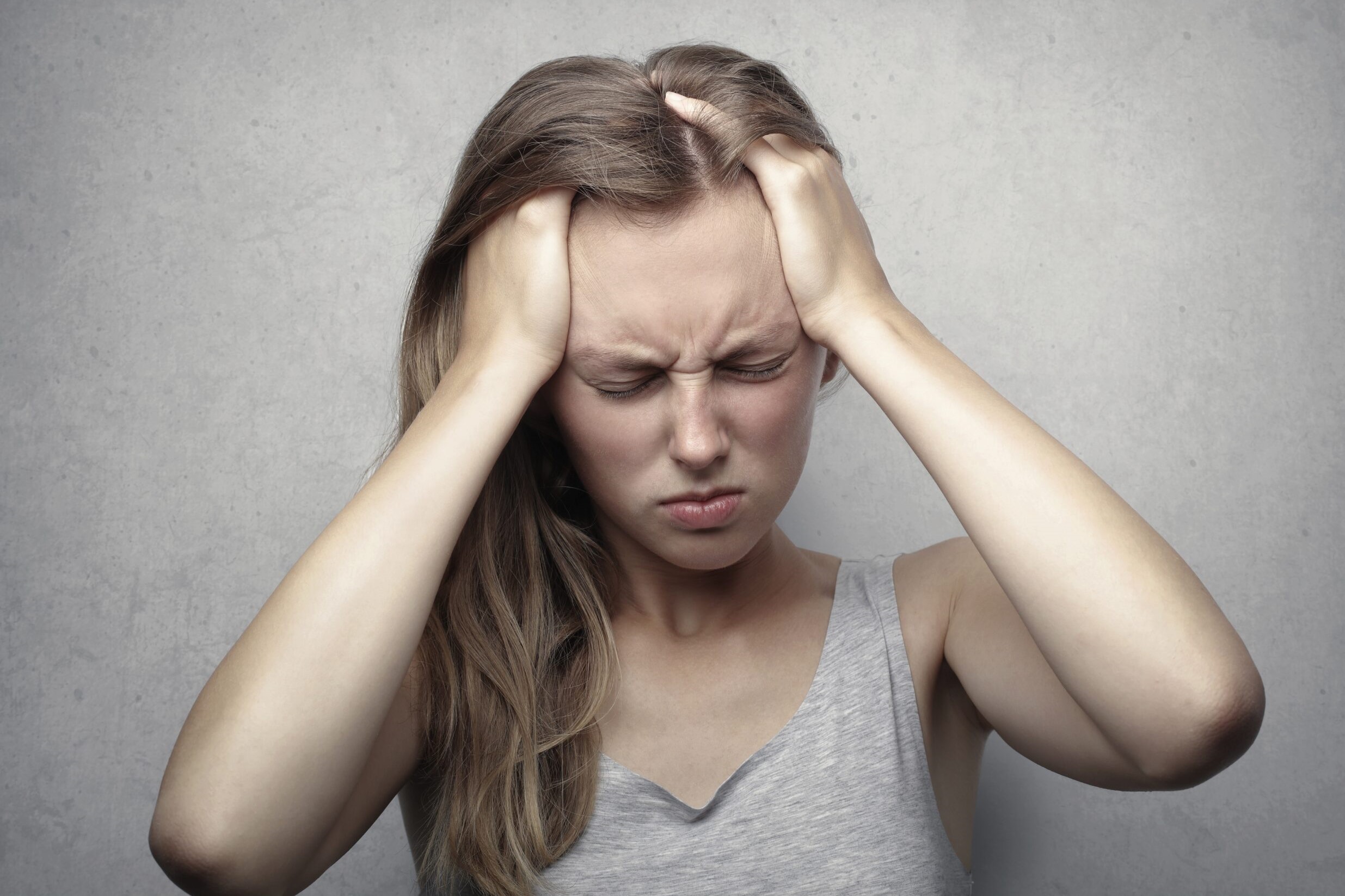
Headache: what it is, symptoms and treatment
The term headache is used to define any type of pain that is localised in the skull. In some cases it is an occasional disorder, while in others it manifests itself frequently and intensely, sometimes disablingly
Headache mainly affects the population in the adult age group (between 20 and 50 years), but can affect younger age groups, although less frequently.
The most frequent forms are primary headaches, in which the headache is the sign and symptom of the disorder.
Headaches secondary to neurological or systemic disorders are rarer.
Primary headaches
The most frequent types of primary headache are migraine, tension-type headache and cluster headache.
Migraine: symptoms and treatment
Migraine is a frequent form of headache. It has a higher incidence in women than in men with a ratio of 2:1.
Two main forms can be distinguished
- migraine without aura,
- migraine with aura.
In migraine without aura the pain is predominantly unilateral, sometimes bilateral or alternating on both sides, is often throbbing, moderate to severe in intensity and worsens with movement (bending the head or climbing a flight of stairs).
Pain is often associated with nausea, vomiting, intolerance to light, noise and smells.
The migraine patient generally finds benefit during the attack from resting in a dark or dimly lit environment.
The typical duration of attacks is between 4 and 72 hours, more rarely it can extend beyond 72 hours.
In migraine with aura, which is much less frequent than the previous one, the painful phase is preceded by certain neurological symptoms, called auras, characterised by visual disturbances such as seeing flashes, bright or dark spots, light streaks, distortion of objects, blurred vision, and absence of vision in one half of the visual field.
In some cases, sensitivity disorders (tingling) in one arm and half of the face and speech disorders may also occur.
These disorders may coexist during the same attack and precede it by about half an hour.
Migraine therapy relies on drugs used as needed to treat acute pain.
The most common are NSAIDs, which are less specific for the treatment of migraine pain although they are often effective, and triptans, which are the specific drugs for migraine attacks.
In the event that migraine attacks are frequent and exceed 3-4 per month, the use of drugs that are used daily can be expected to reduce the number and intensity of painful episodes (prevention therapy).
Lately, monoclonal antibodies have been introduced on the market for severe migraine and chronic migraine: antibodies capable of blocking the action of one of the most important pain mediators involved in the genesis of the migraine attack called CGRP.
Tension headache: symptoms and treatment
Tension headache is the most common type of headache.
It accounts for about 90% of all headaches.
Tension-type headache can be infrequent (occasional, less than once a month), frequent (1 to 15 times a month) and chronic (more than 15 times a month).
The pain has ‘constrictive’ characteristics, has mild to moderate intensity, tends to affect the entire head and generally does not prevent normal daily activities. The pain does not worsen with movement.
The duration of seizures may vary from half an hour to several days and, in the more severe or chronic forms, this may appear on waking and continue into the evening.
Treatment of tension-type headache, as with migraine, consists of attack therapy and prevention therapy
For treatment of the attack, NSAIDs are used, while in the prevention therapy amitriptyline, an antidepressant drug, plays a special role.
At low doses, it allows a good clinical result on the reduction of painful episodes.
Cluster headache: symptoms and treatment
This is a much rarer form of primary headache than its predecessors and predominantly affects men.
Cluster headache attacks are particularly painful to the extent that they have acquired the name ‘suicide headache’.
It is characterised by accesses of excruciating pain, of very strong intensity, lasting between 15 and 180 minutes, localised at the level of the eye and temple, always on the same side.
The pain is accompanied by intense lacrimation, reddening of the eye, nasal obstruction with secretion, facial sweating, smaller pupil and drooping eyelid, all on the side of the pain.
Nausea and vomiting are rarely present.
The intensity of the headache is such that it makes the patient particularly agitated.
Seizures, in the episodic form, occur daily, often at fixed times, once or more than once in 24 hours, for periods of 3-6 weeks every year or every two years (clusters).
Approximately 10% of patients have a chronic form, without long remission phases.
Therapy is complex and relies on drugs for the attack (subcutaneous or inhaled triptans), oxygen therapy, corticosteroids and preventive drugs are Verapamil and Lithium.
Read Also
Emergency Live Even More…Live: Download The New Free App Of Your Newspaper For IOS And Android
Cluster Headache: Symptoms And Treatment
Rebound Headache, The Headache Linked To Drug Abuse
Migraine And Tension-Type Headache: How To Distinguish Between Them?
Headaches And Dizziness: It Could Be Vestibular Migraine
Monoclonal Antibodies And Botulinum Toxin: New Treatments For Migraines
Migraine With Brainstem Aura (Basilar Migraine)
Migraine And Tension-Type Headache: How To Distinguish Between Them?
Paroxysmal Positional Vertigo (BPPV), What Is It?
Headaches And Dizziness: It Could Be Vestibular Migraine
Waking Up Headaches: What Are The Causes And What To Do
Tension Headache: What Is It, What Are The Causes And What Are The Treatments?
Muscle Tension Headache: Help From Cryotherapy
Headache During Plane Landing: Why Does It Happen?
Cluster Headache: How To Recognise And Manage It?


